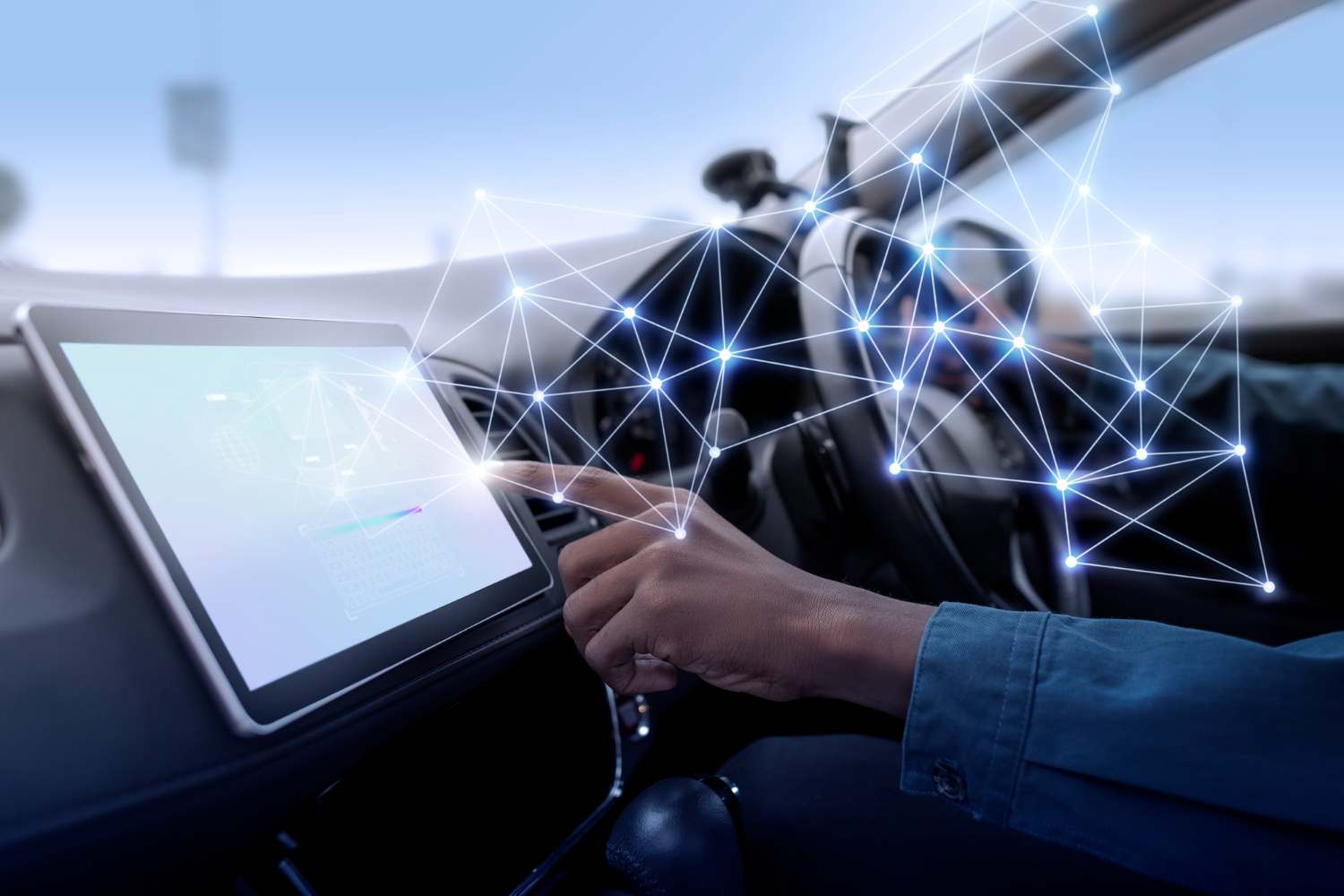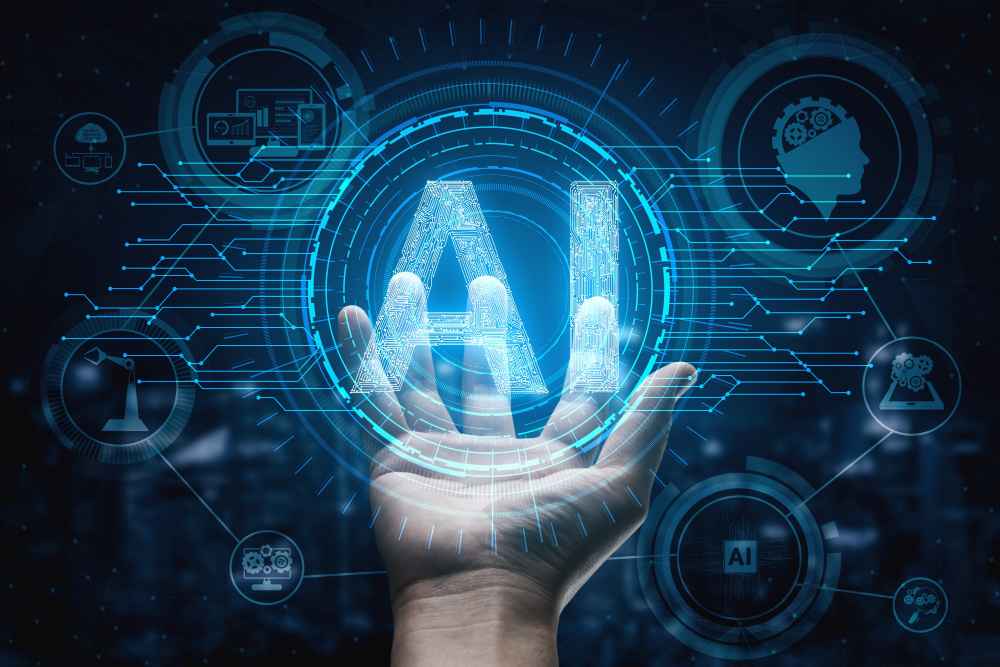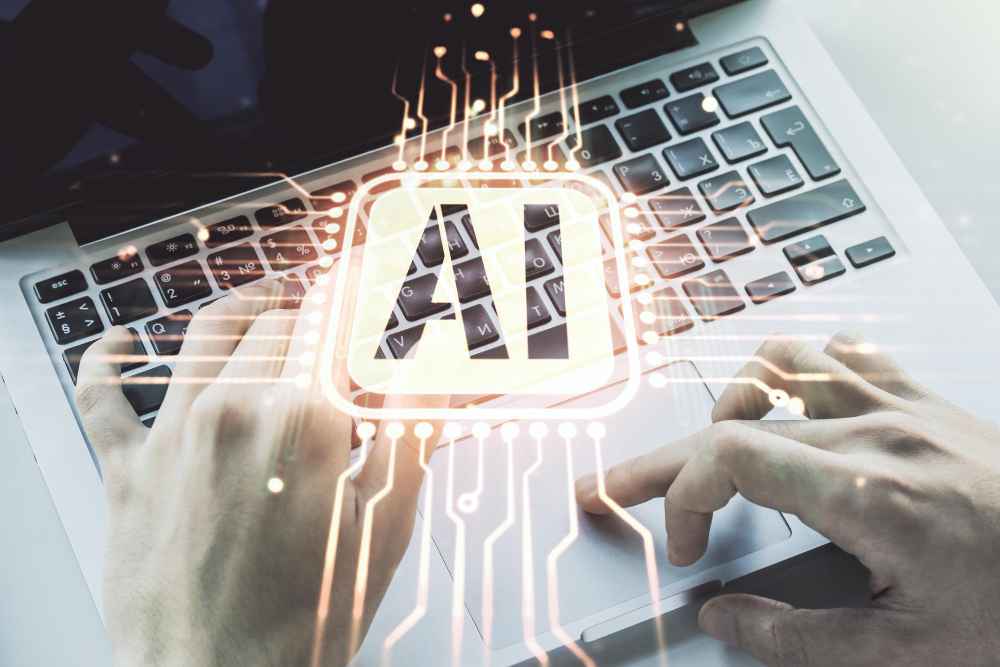The AI market is booming — with the ChatGPT worldwide success, businesses saw the opportunities they’ve dreamt of. For example, the research showed that a market growth of 39.8% CAGR is anticipated for the AI Global Citizen Services Market (the use of AI technology in a variety of government public services), increasing to $48.6 billion by 2028.
But how to implement such a dream project? And why computer vision is a key to success? You’ll find the answers in this article.
A Brief Overview of Computer Vision: Benefits, Challenges, and Where to Apply It
Using artificial intelligence (AI), computer vision enables computers to extract valuable data from visual materials. In simple words, computer vision enables computers to “see,” just as AI enables computers to “think”.
Computer vision is powered by annotation, the process of labeling the data using text, video, photos, or audio to highlight the needed data elements. This helps the machine to learn and then automatically recognize these objects by itself.
While the computer vision program for annotating video data is learning during training phases, the annotation process used in computer vision systems is usually performed and supervised by human annotators.
And here’s the challenge: the success of your AI project will be directly impacted by the training data you utilize to develop, check, and verify your computer vision algorithms. Each visual in your database must be carefully and precisely tagged. With the right and competent computer vision labeling specialist the annotations will be of the highest quality which guarantees the correct work of the trained software. Getting computer vision image annotation in accordance with the project’s criteria might be difficult, which can hold down your venture and your launch time. You should give careful thought to the actions you take regarding yo annotation for computer visionon methods, resources, and workforce.
When done right, computer vision can bring many benefits to training a chatbot and have different applications like analyzing the surroundings in self-driving cars, identifying cancer moles, recognizing healthy crops, minimizing machinery breakdowns with predictive maintenance systems, and many more.
Best Annotation Services for Computer Vision Data Labeling

Computer vision requires a vast data library to be qualified as it repeatedly examines data until a machine has every piece of knowledge necessary for the task at hand. And the variety of data is incredible.
Based on the project’s needs and product idea, you can pick relevant labeling ai services.
Widely used are the following:
Image Processing
This includes work with pictures, photos, paintings, and any other type of image to get the valuable information about needed objects. Labeling images for computer vision consists of services like semantic segmentation, tagging, 3D bounding box annotation, boxes, polygon annotation, landmarks, 2D bounding boxes, image masking, and more.
Video Annotation
Opposite to picture annotation, the video annotation services for computer vision imply frame-by-frame labeling to determine objects, meaning a specialist will convert each video into a group of multiple frames and annotate each frame. It can be done with 2D bounding boxes, 3D bounding Box-es, lines and splines, polygons, landmarks, tagging, categorization, and event tracking methods.
Text Annotation
Images can have not only objects like animals, people, and inanimate objects but also text parts. When processing and organizing huge files and big sets of files of such images, this service will come in handy.
In general, text annotation entails transcription, classification and categorization, named-entity recognition, sentiment analysis, and optical character recognition.
In general, the best computer vision video annotation tools and services should learn a machine to automatically annotate videos and find answers to these questions:
Classification: What general category of objects may be the label objects seen in this visual?
Identification: What kind of an object is seen in this picture?
Verification: Is the item captured in the video footage visual?
Detection: Where are the items in the picture located?
Landmark Detection: What are the object’s focal points in the visual?
Segmentation: Which pixels in the video frame of the visual make up the object?
Recognition: What items identify objects are seen in this picture, and where are they located?
Specialists Involved in Computer Vision Implementation
For starters, let’s see a brief overview of how the process of computer vision implementation works, especially when dealing with video datasets.
The computer vision project should begin with the raw data, including video datasets, being prepared for annotation. Next, depending on the project’s goals, annotators need to grasp, pick, and use the appropriate type of labeling data. This could involve various video annotation techniques. It’s crucial to use bespoke label structures and provide accurate labels and information to prevent objects from being improperly categorized during the training stage. AI video annotation plays a significant role here. Another challenging aspect is decoding the statistical formulas involved in both picture and video annotations to train the software properly.
To perform this kind of work, there are several types of computer vision jobs in the field, including engineers, researchers, developers, programmers, and scientists who specialize in video annotations.
The main and most popular role is a computer vision engineer. This highly qualified computer professional develops software and hardware systems to process visual input, including the ability to annotate videos. They have an understanding of intelligent automation, constructing AI pipelines, and using appropriate computer vision annotation tools to speed up the video annotation process.

Key Considerations for Selecting a Computer Vision Annotation Service
The success of any computer vision project hinges on the quality and accuracy of its annotated data. Whether you’re developing an autonomous vehicle, a facial recognition system, or a healthcare imaging tool, the right annotation service can make all the difference. Here’s a comprehensive guide on how to choose the best annotation services for your computer vision needs.
Understand Your Project Requirements
Before you start looking for an annotation service, it’s crucial to have a clear understanding of your project’s specific needs. Are you working on object detection, image segmentation, or perhaps keypoint annotation? The type of annotation you require will significantly influence your choice of service.
Evaluate Expertise and Track Record
Look for a data annotation outsourcing company with a strong track record in computer vision projects. Specialized data annotation specialists often possess a deep understanding of the nuances involved in computer vision, which can lead to higher quality annotations. Check for case studies, client testimonials, and any industry awards or recognitions.
Consider Data Security
Data security is paramount, especially when dealing with sensitive or proprietary information. Ensure that the company you choose adheres to industry-standard security protocols and complies with relevant regulations.
Assess Scalability and Turnaround Time
Your project might start small, but it could scale rapidly. Ensure that the annotation service you choose can handle the volume of data you anticipate needing. Also, consider the turnaround time; faster annotation allows you to move on to the next machine learning algorithms and model training phase more quickly.
Quality Assurance Processes
A rigorous data quality assurance process is a good indicator of a reliable annotation service. Multiple layers of review and validation can significantly enhance the accuracy of the annotated data, which is crucial for the success of your machine learning projects.
Long-Term Support and Maintenance
Machine learning models are not a ‘set and forget’ solution. They require ongoing support and maintenance, especially when the model’s accuracy starts to decay over time. Choose a service that offers long-term support to keep your project on track.
Get Started with a Test Project
Our company offers free test annotation to demonstrate our capabilities. This is an excellent way to assess the quality of our work, turnaround time, and other critical factors before committing to a long-term partnership.
Top 5 Annotation Tools
There’s a wide range of annotation tools for any purpose and budget. Check these ones out:
- VEED — great video annotation tool computer vision
- Dataloop — perfect for simple use cases with images and videos
- V7 — one of the most popular image annotation tool computer vision
- Scale AI — known as a leader in WFM (workforce management)
- VGG Image Annotator —nice free tool for image and video annotation
- CVAT — simple free solution to begin image labeling with.
Computer vision is a revolutionary technology with intriguing applications. If you’re still thinking if it’s worth spending time on, find an outsource partner to overcome any challenge and get the desired outcomes.
Computer Vision Annotation : Frequently Asked Questions
What is Computer Vision Annotation?
Computer vision annotation involves labeling or tagging visual data like images video frames, or videos to train machine learning models. This is crucial for applications such : object tracking andct detection, image segmentation, and facial recognition.
Why is it important to choose the right annotation service?
The quality of your annotated data directly impacts the performance of your computer vision models. Choosing the right service ensures accuracy, efficiency, and scalability for your machine learning projects.
What should I look for in a data annotation outsourcing company?
Look for a company with a strong track record, expertise in video annotation for computer and vision, and the ability to handle the specific type of video annotation process you need. Also, consider factors like data security, turnaround time, and customer support.
Are specialized data annotation specialists better than generalists?
Specialized data and video annotation software specialists often have a deeper understanding of the nuances involved in computer vision projects, which can lead to higher quality video annotations themselves.
How do I know if a service can handle the scale of my project?
Ask about the company’s previous projects, their capacity to handle large datasets, and their scalability options. Many companies offer pilot projects to demonstrate their capabilities.
What types of annotation do you offer for computer vision?
We offer a variety of types of video annotation techniques and types suitable for computer vision, including bounding boxes, polygons, semantic segmentation, and keypoint annotation, among others.
How do you ensure the quality and accuracy of annotations?
We employ a rigorous quality assurance process, including multiple layers of review by our data annotation specialists, to ensure high-quality and accurate annotations.
Is my data secure?
Absolutely. Data security is one of our top priorities. We adhere to industry-standard security protocols to ensure that your data is handled confidentially and securely.
Do you offer long-term support and maintenance?
Yes, we offer ongoing support for annotating video footage and data, and maintenance to ensure that your annotated data remains accurate and relevant, even as your machine learning models evolve.
How do I get started with your annotation services?
Getting started is simple. Contact us through the form on our website, and one of our representatives will get back to you to discuss your project requirements.



